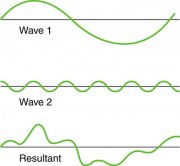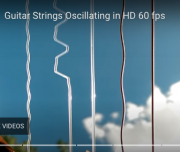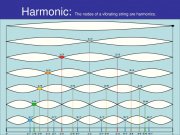How can a driver...say a woofer...reproduce frequencies from 30hz to 300hz , simultaneously....AND how does the ear hear these simultaneously?? Seems to me while a woof would be doing 30hz, it could not do anything else till that was accomplished...
I like to think of it this way:
move your handlike you are bouncing a ball pretty fast.
now without changing your speed, move your whole arm (with hand) up and down at slow rate.
Your hand then will be moving at the same rate, but also rising up and down slowly with your whole arm.
If you apply this to a speaker, it’s doing a similar thing.
Slowing things down, as an example, let’s say you have a woofer on the bench, and you can achieve 1hz with some good cone travel, or at least slow enough to see the cone moving way in and way out. Now if applied a much higher frequency at the same time, the cone would simply be making that high frequency during the full slow travel of the cone. Back to the hand/arm analogy.
In other words, the woofer/voice coil doesn’t have to return to its “at rest” or zero-crossing to make other sine waves. It’s making other waves as it travels on it’s outward and inward paths.
might look a bit like this:

From:
https://courses.lumenlearning.com/physics/chapter/16-10-superposition-and-interference/



